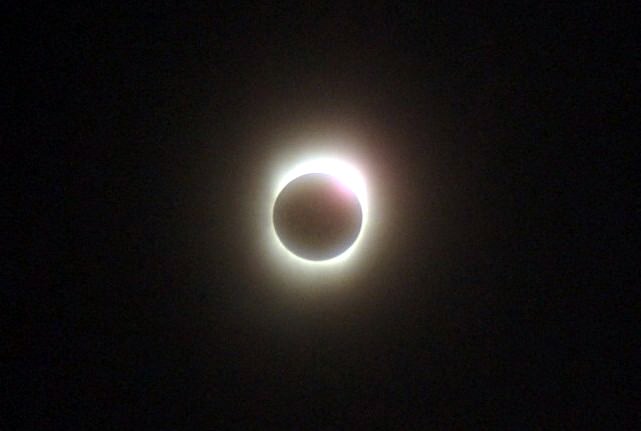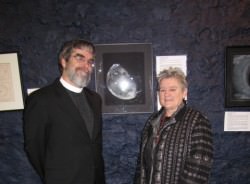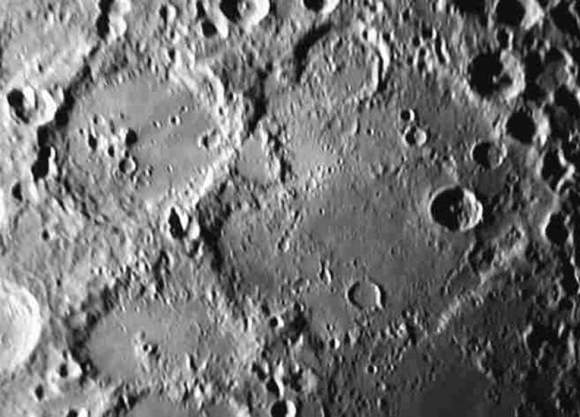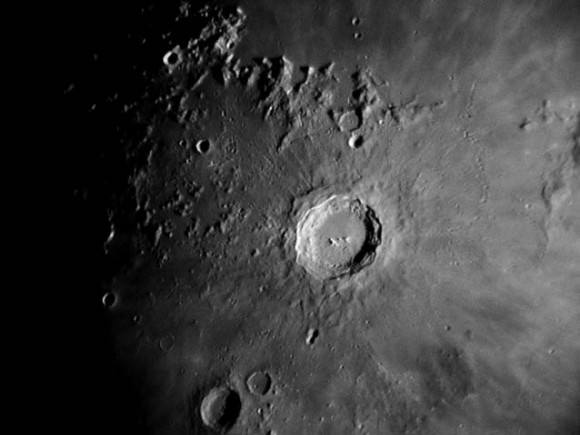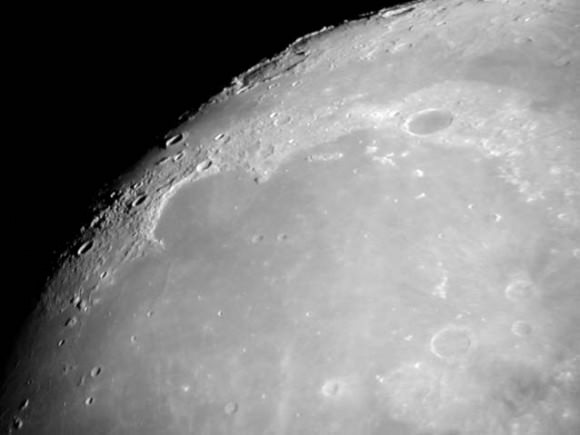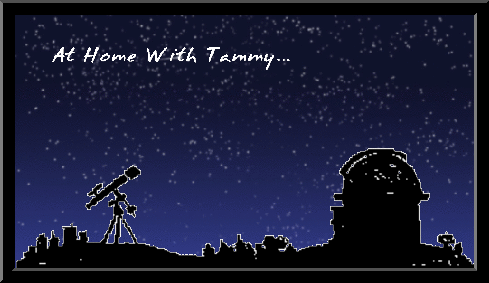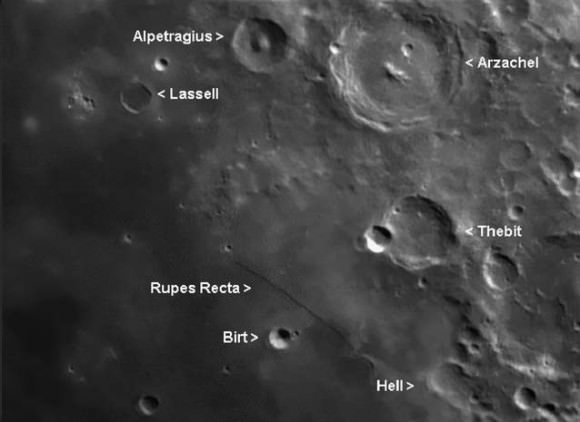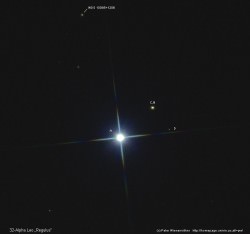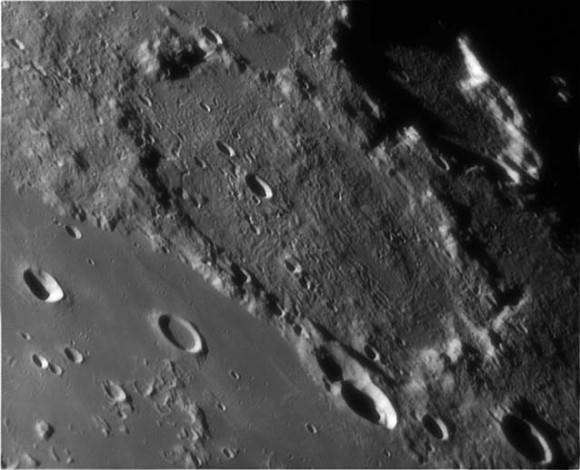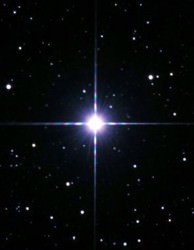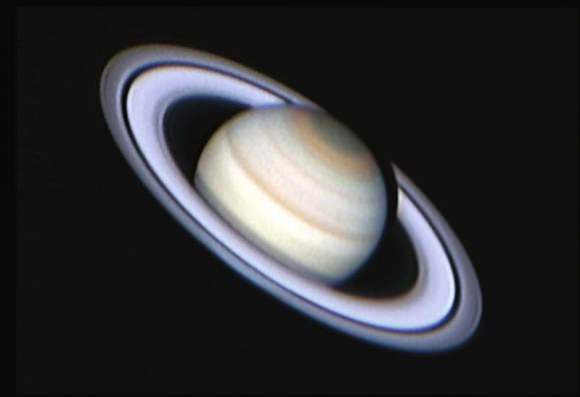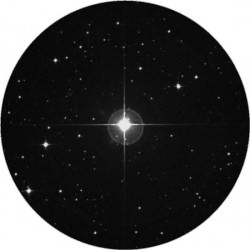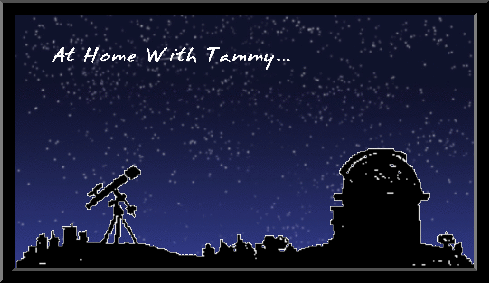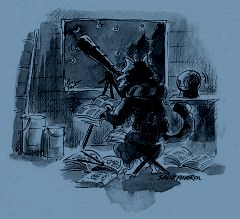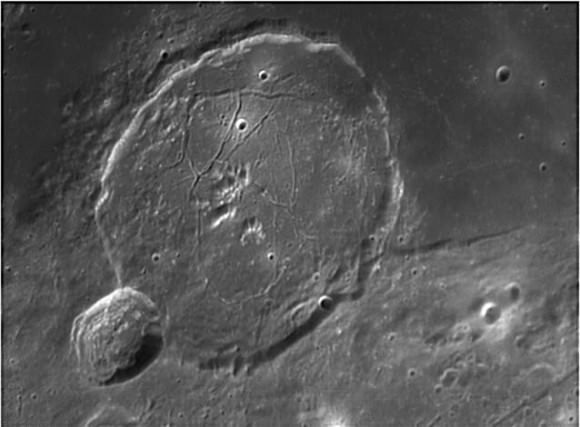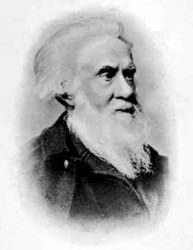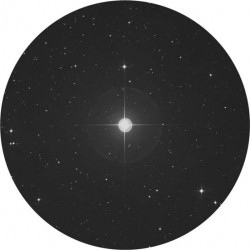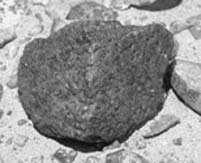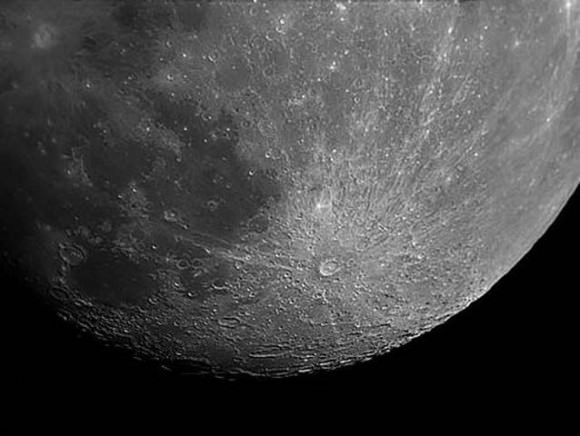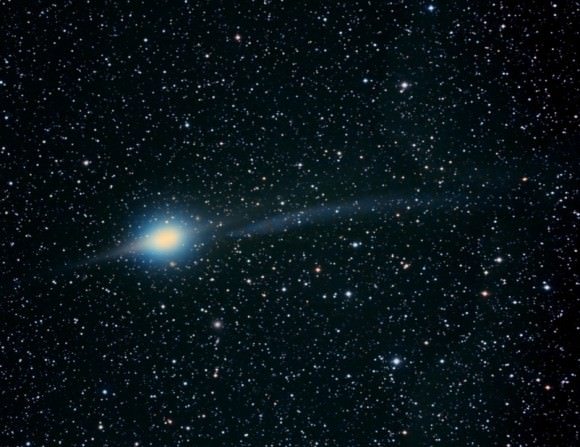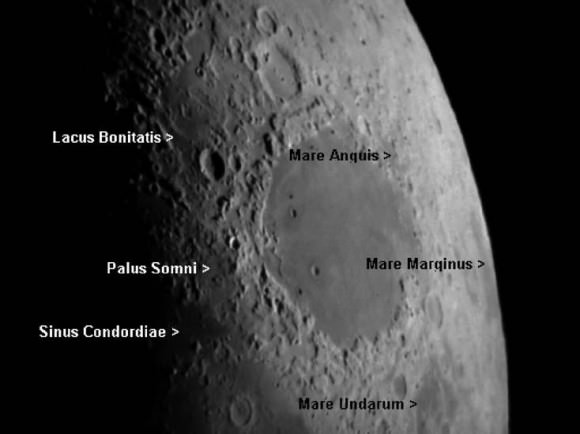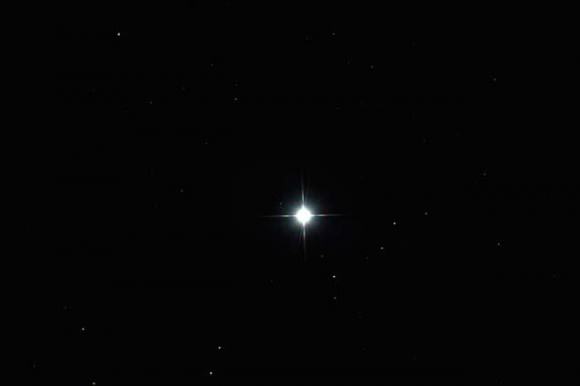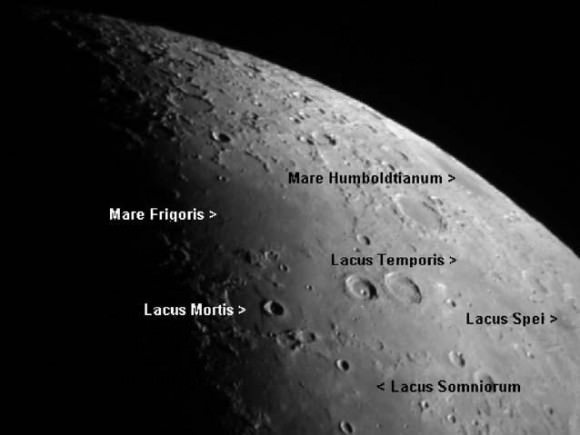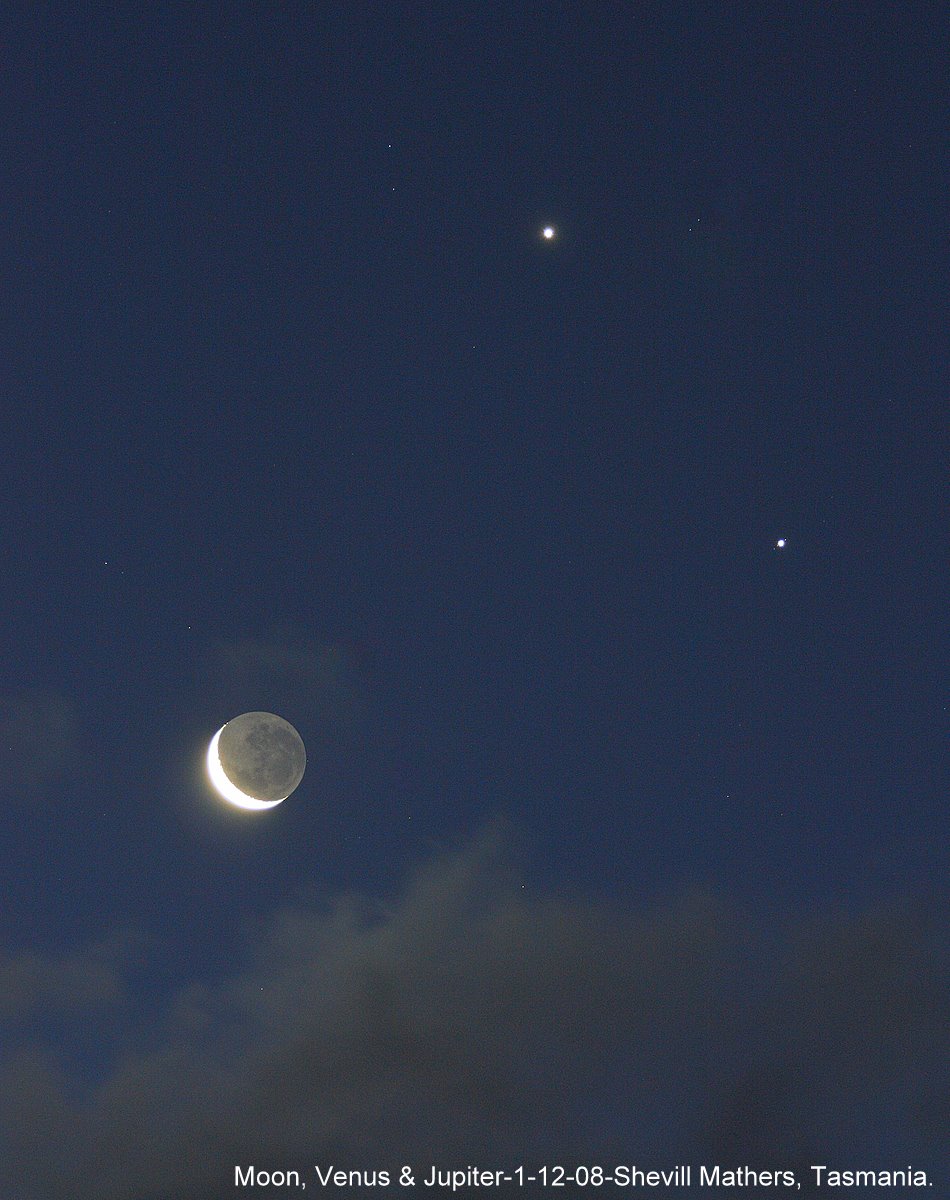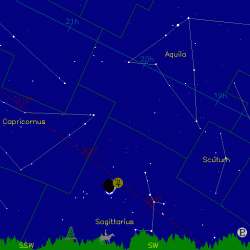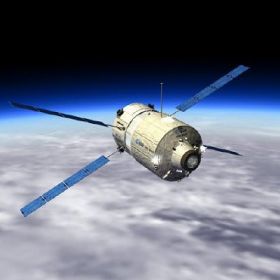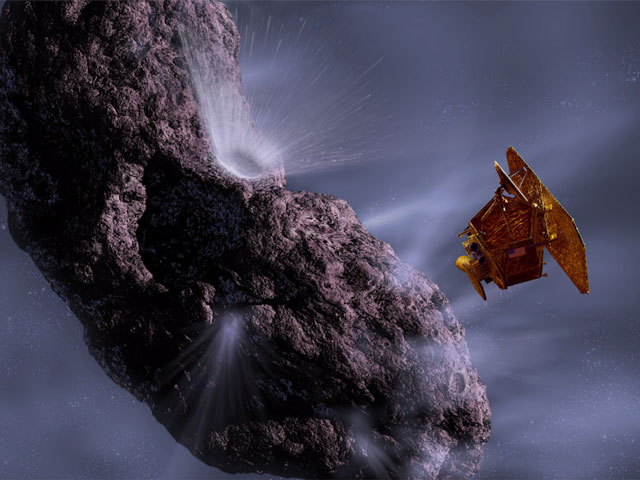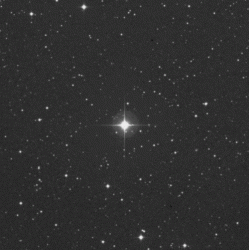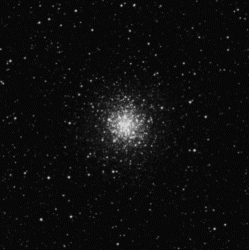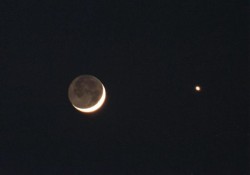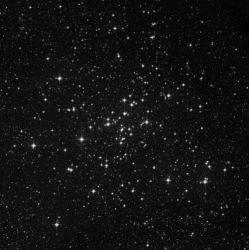Greetings, fellow SkyWatchers! Are you ready for one awesome weekend? Then let’s enjoy the dark skies as we take on a wide variety of challenges. For those who just use their eyes, this is a great time to spot Venus, Saturn, Jupiter and the New Moon in the Old Moon’s Arms. Need more? For binoculars we have open star clusters and bright comets. Still more? Then get out your telescope and dust off your eyepieces and let’s see how good you are as we take on some challenges! Whenever you’re ready, I’ll see you in the back yard….
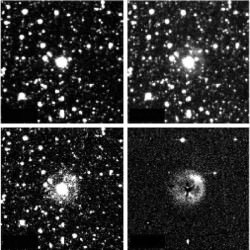 Friday, February 20, 2009 – On this date in 1962, John Glenn was rocketing around Earth on his first orbit as our friends ‘‘down under’’ made history. Residents of Perth, Australia, simultaneously switched on lights as Glenn flew over—the first city spotted from space! If you’re out tonight as the Sun sets, be sure to take a look along the western horizon for the first bright “star” to appear. That’s not a star – that’s Venus! Today in 1996 also marks the discovery of Sakurai’s Object, a star in collapse.While studying Sagittarius and photographing what appeared to be a typical nova, Yukio Sakurai became only the third twentieth-century astronomer to witness a star in final helium flash. When this occurs, the star is switching its nuclear fuel from hydrogen to helium and then burning the helium to carbon in the final stage, burping forth an envelope from its interior.
Friday, February 20, 2009 – On this date in 1962, John Glenn was rocketing around Earth on his first orbit as our friends ‘‘down under’’ made history. Residents of Perth, Australia, simultaneously switched on lights as Glenn flew over—the first city spotted from space! If you’re out tonight as the Sun sets, be sure to take a look along the western horizon for the first bright “star” to appear. That’s not a star – that’s Venus! Today in 1996 also marks the discovery of Sakurai’s Object, a star in collapse.While studying Sagittarius and photographing what appeared to be a typical nova, Yukio Sakurai became only the third twentieth-century astronomer to witness a star in final helium flash. When this occurs, the star is switching its nuclear fuel from hydrogen to helium and then burning the helium to carbon in the final stage, burping forth an envelope from its interior.
Let’s examine an open cluster where stars have gone through this same evolutionary step. Begin by identifying Delta Geminorum and hop a fist-width east for open cluster NGC 2420 (RA 07 38 23 Dec +21 34 24). This magnitude 8.5 group is visible under dark-sky conditions to binoculars as a weak, round, hazy patch and requires a mid-sized telescope to begin resolution of its long, looping chains of stars.
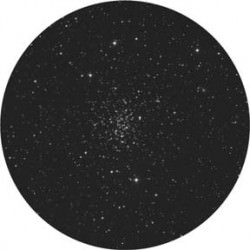 Some members are similar to Sakurai’s Object, while others have evolved to helium depletion. Studying clusters like NGC 2420 is important: they are areas where stars are all about the same age, yet their different masses mean they evolve at different rates. Average telescopes will only see the primary stars, while large aperture notices the distinct glow of hundreds of stars on the verge of resolution. If you get the impression of a weak globular cluster, you’d be correct. With a thousand members packed into a
Some members are similar to Sakurai’s Object, while others have evolved to helium depletion. Studying clusters like NGC 2420 is important: they are areas where stars are all about the same age, yet their different masses mean they evolve at different rates. Average telescopes will only see the primary stars, while large aperture notices the distinct glow of hundreds of stars on the verge of resolution. If you get the impression of a weak globular cluster, you’d be correct. With a thousand members packed into a
30-light-year sphere, a lot has happened during its 1.7-billion-year lifetime. It may have started in our own galaxy’s cluster-forming region and been thrown clear by an encounter with a large mass. Or, it might have once been part of a smaller galaxy absorbed by our own. But one thing is clear: its unusual Sun-like elements—so far from where they belong—make NGC 2420 a prime playground for study. Some of its members could even be blue stragglers—unions of two stars into one!
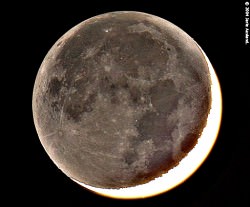 Saturday, February 21, 2009 – This day in 1972, Luna 20 made a safe touchdown in the Apollonius highlands, where it captured 30 grams of surface material to return to Earth. The Moon will make a very scenic appearance in the pre-dawn skies and be visible for several hours after the Sun rises. Take time to show others its position as you walk to work or school, and explain its movement away from the Sun from our viewpoint. How long does the Moon remain visible as the sky brightens? This pretty visage is often called the “New Moon in the Old Moon’s Arms”.
Saturday, February 21, 2009 – This day in 1972, Luna 20 made a safe touchdown in the Apollonius highlands, where it captured 30 grams of surface material to return to Earth. The Moon will make a very scenic appearance in the pre-dawn skies and be visible for several hours after the Sun rises. Take time to show others its position as you walk to work or school, and explain its movement away from the Sun from our viewpoint. How long does the Moon remain visible as the sky brightens? This pretty visage is often called the “New Moon in the Old Moon’s Arms”.
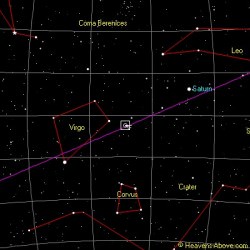 Got comet? Well, why the heck not? If you thought Comet Lulin was easy to find a week ago, it’s even easier to find now. The chart you see here was generated for position for the morning of Friday, February 20th – and Lulin will continue its course towards a future rendezvous with Saturn on Monday, February 23rd. With almost no Moon to contend with in the early morning sky (and if you get up early enough, you can easily observe before the Moon rises), 6th magnitude C/2007 N3 is so close to being visible to the unaided eye that even the smallest of binoculars will pick this elongated round fuzzy right out of the sky. Don’t wait until it meets up with Saturn to take a look at this 38 million mile traveler from the Oort Cloud – instead, try tracking it for several days. Lulin is sufficiently bright enough to been seen even from an urban setting and the bright “guide posts” of Spica and Saturn are easy markers.
Got comet? Well, why the heck not? If you thought Comet Lulin was easy to find a week ago, it’s even easier to find now. The chart you see here was generated for position for the morning of Friday, February 20th – and Lulin will continue its course towards a future rendezvous with Saturn on Monday, February 23rd. With almost no Moon to contend with in the early morning sky (and if you get up early enough, you can easily observe before the Moon rises), 6th magnitude C/2007 N3 is so close to being visible to the unaided eye that even the smallest of binoculars will pick this elongated round fuzzy right out of the sky. Don’t wait until it meets up with Saturn to take a look at this 38 million mile traveler from the Oort Cloud – instead, try tracking it for several days. Lulin is sufficiently bright enough to been seen even from an urban setting and the bright “guide posts” of Spica and Saturn are easy markers.
 Tonight we’ll study an object of many names: Melotte 25, Collinder 50, and Caldwell 41, a star cluster so bright it doesn’t require a telescope. At 150 light-years away, the Hyades is the nearest gathering of stars to our Solar System that can be seen as a cluster. So, where is it? First, look at Aldebaran…
Tonight we’ll study an object of many names: Melotte 25, Collinder 50, and Caldwell 41, a star cluster so bright it doesn’t require a telescope. At 150 light-years away, the Hyades is the nearest gathering of stars to our Solar System that can be seen as a cluster. So, where is it? First, look at Aldebaran…
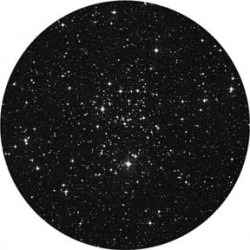 With the exception of this 60-light year-distant orange giant, almost all the stars around it are moving toward a point slightly east of Betelgeuse. The 790 million-year-old central mass spreads over a 10 light-year area, while outlying stars could stretch as far as 80 light-years. Aim binoculars its way and be blown away by a rich field of stars! Even with minimum magnification you’ll split the brightest member of the Hyades, the twin Sigma pair. They’ll appear close to the same magnitude and distance to the eye, but only the northernmost belongs to the Hyades moving cluster. Power up with a telescope. You’ll discover a wealth of other doubles and delightful color combinations in this much under-visited treat!
With the exception of this 60-light year-distant orange giant, almost all the stars around it are moving toward a point slightly east of Betelgeuse. The 790 million-year-old central mass spreads over a 10 light-year area, while outlying stars could stretch as far as 80 light-years. Aim binoculars its way and be blown away by a rich field of stars! Even with minimum magnification you’ll split the brightest member of the Hyades, the twin Sigma pair. They’ll appear close to the same magnitude and distance to the eye, but only the northernmost belongs to the Hyades moving cluster. Power up with a telescope. You’ll discover a wealth of other doubles and delightful color combinations in this much under-visited treat!
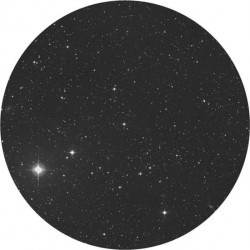 Now, I’ll appeal to the more advanced stargazer. Begin at the border of Orion and locate 8 Monoceros. We’re hunting for an odd star cluster called Dolidze 22 (RA 06 23 06 Dec +04 40 55). Although there’s no great scientific reason to observe this sparse open cluster, it’s an exercise aimed at sharpening your skills. To date, no data exist on the cluster’s true distance or age.
Now, I’ll appeal to the more advanced stargazer. Begin at the border of Orion and locate 8 Monoceros. We’re hunting for an odd star cluster called Dolidze 22 (RA 06 23 06 Dec +04 40 55). Although there’s no great scientific reason to observe this sparse open cluster, it’s an exercise aimed at sharpening your skills. To date, no data exist on the cluster’s true distance or age.
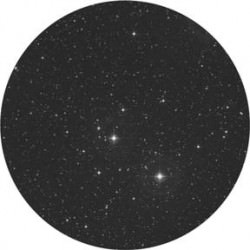 When you’ve noted your study, move about 2 degrees south and identify Collinder 91 (RA 06 21 42 Dec +02 22 00). Again, a loose, star-poor collection, essentially unstudied except for association. Why choose these two objects instead of brighter ones? Learning to visually understand a group relationship among stars is a skill Sir William Herschel had naturally, but one that can only be developed by most of us with a lot of practice. As Herschel once said:
When you’ve noted your study, move about 2 degrees south and identify Collinder 91 (RA 06 21 42 Dec +02 22 00). Again, a loose, star-poor collection, essentially unstudied except for association. Why choose these two objects instead of brighter ones? Learning to visually understand a group relationship among stars is a skill Sir William Herschel had naturally, but one that can only be developed by most of us with a lot of practice. As Herschel once said:
‘‘The phenomena of nature, especially those that fall under the inspection of the astronomer, are to be viewed not only with the usual attention to facts as they occur, but with the eye of reason and experience.’’
Sunday, February 22, 2009 – If you’re up before dawn, look for the relatively close pairing of the waning Moon and Jupiter. Try using the Moon’s position to see how long you can still spot the bright planet as the sky turns blue!
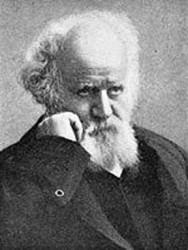 When the Sun has risen, salute the 1824 birth of Pierre Janssen, the first to devise a method for observing solar prominences. With a spectroscope, he proved the solar chromosphere is gaseous in nature and reported a helium spectral line. Janssen was also the first to record surface granulation via photography and published his own illustrated solar atlas in the year 1904.
When the Sun has risen, salute the 1824 birth of Pierre Janssen, the first to devise a method for observing solar prominences. With a spectroscope, he proved the solar chromosphere is gaseous in nature and reported a helium spectral line. Janssen was also the first to record surface granulation via photography and published his own illustrated solar atlas in the year 1904.
In 1966, Kosmos 110 launched its canine crew, Veterok and Ugolyok, into space history. Tonight let’s look at a celestial dog as we turn to Canis Minor. A large portion of the constellation is only viewable from the Southern Hemisphere, and most of its brighter stars hide below the horizon for the north. Look for an arch of four fairly bright stars to the east of Canis Major. The second from the east is Xi Puppis. Aim telescopes or binoculars just north of Xi (RA 07 44 36 Dec -23 52 00) for M93.
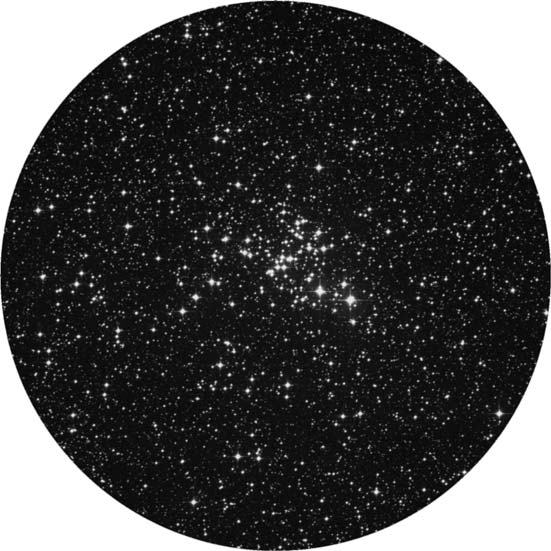
This bright open cluster is a rich concentration of stars of various magnitudes, which explodes in sprays of stellar fireworks in the eyepiece of a large telescope. Spanning 18–22 light-years and residing 3,400 light-years away, M93 contains blue giants and lovely golds. Janssen would have been very proud to know it’s been studied spectroscopically and contains many Sun-like stars! M93 is the last object personally discovered by Messier, who described it as ‘‘A cluster of small stars without nebulosity.’’ Did he realize that the light left during the reign of Ramses III? Or that this celestial gathering was 100 million years old? Did Messier realize it was forming about the time Earth’s landmasses were breaking up, dinosaurs ruled, and the first mammals and birds were evolving? Although H.G. Wells’ The Time Machine is a work of fiction (published on this date in 1895), each time we view light through a telescope we take a journey back across time itself.
Now, let’s time-travel back 5,000 years as we head for NGC 2392. Located about two fingerwidths southeast of Delta Geminorum (RA 07 29 10 Dec +20 54 42), this beauty is a planetary nebula commonly known as the ‘‘Eskimo.’’ Discovered in 1787 by Sir William Herschel, a small telescope will see it as a fuzzy green star, while aperture will reveal definite annulus around its central stellar point. A steady night helps to reveal details, and a nebula filter lights it up! 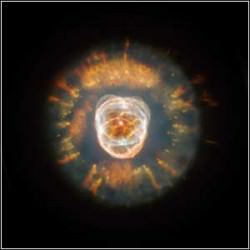 NGC 2392 is so complex that it is not yet fully understood. We know the glowing gases are the outer layers of its central star, shed 10,000 years ago, while the inner ribbons of light (called filaments) are areas where particles are being pushed away by the strong stellar wind. Even now, we still can’t quite explain the unusual outer filaments! It won’t look like a Hubble image in your telescope, but you can still marvel at a unique mystery—seeing its light as it was when the first ‘‘physicists’’ began using the first ‘‘computer’’—the newly invented abacus!
NGC 2392 is so complex that it is not yet fully understood. We know the glowing gases are the outer layers of its central star, shed 10,000 years ago, while the inner ribbons of light (called filaments) are areas where particles are being pushed away by the strong stellar wind. Even now, we still can’t quite explain the unusual outer filaments! It won’t look like a Hubble image in your telescope, but you can still marvel at a unique mystery—seeing its light as it was when the first ‘‘physicists’’ began using the first ‘‘computer’’—the newly invented abacus!
Now, don’t forget… Before the dawn arrives, Comet Lulin will meet with Saturn! Because the comet doesn’t stop moving and we all live in different time zones, the position will be slightly different for each observer around the world, but the Universal Date you’ve been waiting for is about to happen….
Until next week? Dreams really do come true when you keep on reaching for the stars!
This week’s awesome images are: Sakurai’s Object (press release photo), NGC 2420 (credit—Palomar Observatory, courtesy of Caltech), New Moon in Old Moon’s Arms – Jarle Aasland (APOD), Comet Locator Chart (credit – Chris Peet, courtesy of Heavens-above.com), Illustration of the Hyades Cluster (generated image), Area of Sigma 1 and Sigma 2 Tauri (credit—Palomar Observatory, courtesy of Caltech), Dolidze 22 and Collinder 91 (credit—Palomar Observatory, courtesy of Caltech), Pierre Janssen (historical image), M93 (credit—Palomar Observatory, courtesy of Caltech) and NGC 2392 (credit—Hubble Space Telescope). We thank you so much!

